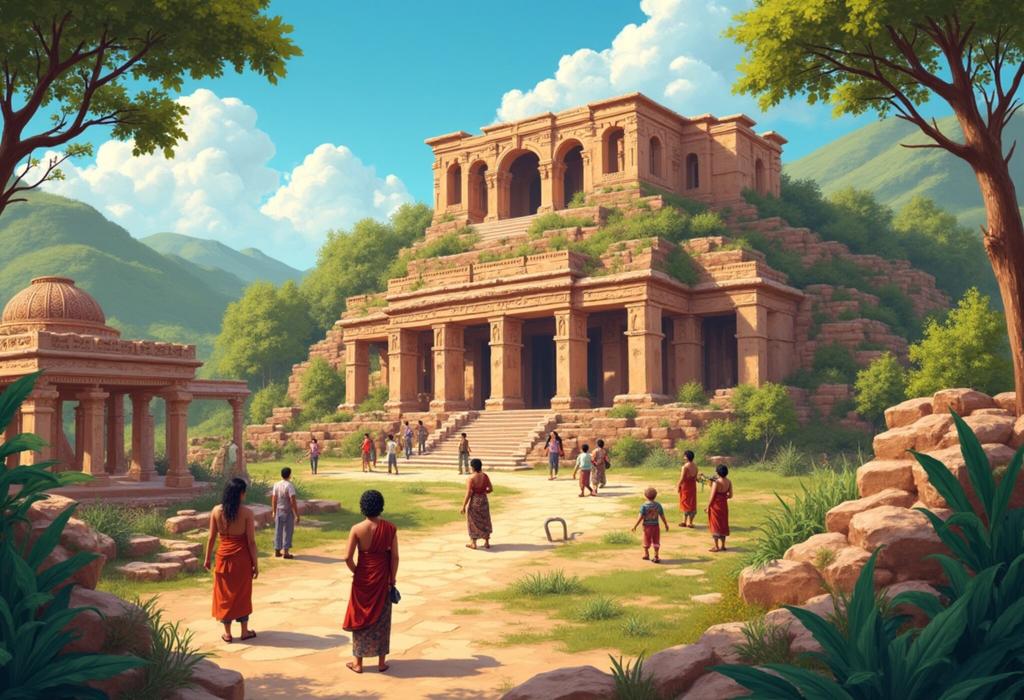For more details on this content, please review the step-by-step guide and frequently asked questions.
Places That Shaped Human Evolution

Step-by-Step Guide
Introduction to Human Evolution
In this section, we will discuss the concept of human evolution. We will explore how human beings have developed over millions of years, transitioning from early hominins to modern humans, Homo sapiens. This journey of evolution involves biological changes, advancements in tools, and the influence of environmental factors.
Understanding the Basics of Evolution
This step will define evolution through natural selection, highlighting how certain traits became favorable in the context of survival and reproduction. We will explore key terms such as adaptation, speciation, and genetic variation.
Africa: The Cradle of Humankind
We will focus on Africa as the fundamental region of human evolution. This section will cover major sites like the Great Rift Valley, where crucial fossils of early hominins, such as Australopithecus afarensis, were discovered. We will discuss the importance of these finds and what they tell us about early human development.
The Olduvai Gorge
This world-renowned archaeological site in Tanzania is fundamental to understanding human ancestry. We will delve into the discoveries made in Olduvai Gorge, including tools and fossil records dating back over 2 million years and what they reveal about early Homo habilis and Homo erectus.
Tool Development and Its Significance
This section will assess the evolution of tools and their impact on human behavior and social structures. We will examine the transition from simple tools to more complex technologies and how they influenced migration and survival.
Moving Out of Africa
Here, we will discuss the migration patterns of early humans as they left Africa. We will pinpoint important regions like the Middle East and Europe, analyzing sites like the Levant, which showcase early human adaptation to diverse environments.
Neanderthal Interactions
In this step, we will explore the interactions between Homo sapiens and Neanderthals, focusing on sites such as La Chapelle-aux-Saints in France. Discussions will include cultural exchanges, interbreeding, and their implications for understanding human evolution.
Genetic Legacy and the Denisovans
We will investigate the contributions of the Denisovans to modern human genetics. Covering discoveries made in the Denisova Cave in Siberia, we will look at how ancient DNA analysis helps us understand ancient human diversity.
The Role of Climate Change
This section will discuss the impact of climate change on human evolution. We will explore how fluctuations in climate influenced migration, settlement patterns, and resource availability, affecting the survival of early human populations.
Cultural Evolution and Social Structures
Focusing on cultural evolution, we will examine how language, art, and complex societies formed. The discussion will touch upon important archaeological sites where cultural artifacts have been found, showcasing the sophistication of early human societies.
Future of Human Evolution
In this concluding step, we will reflect on the future of human evolution. Discussions will center around how modern challenges, including technology and climate change, may shape the trajectory of human evolution in the coming years.








